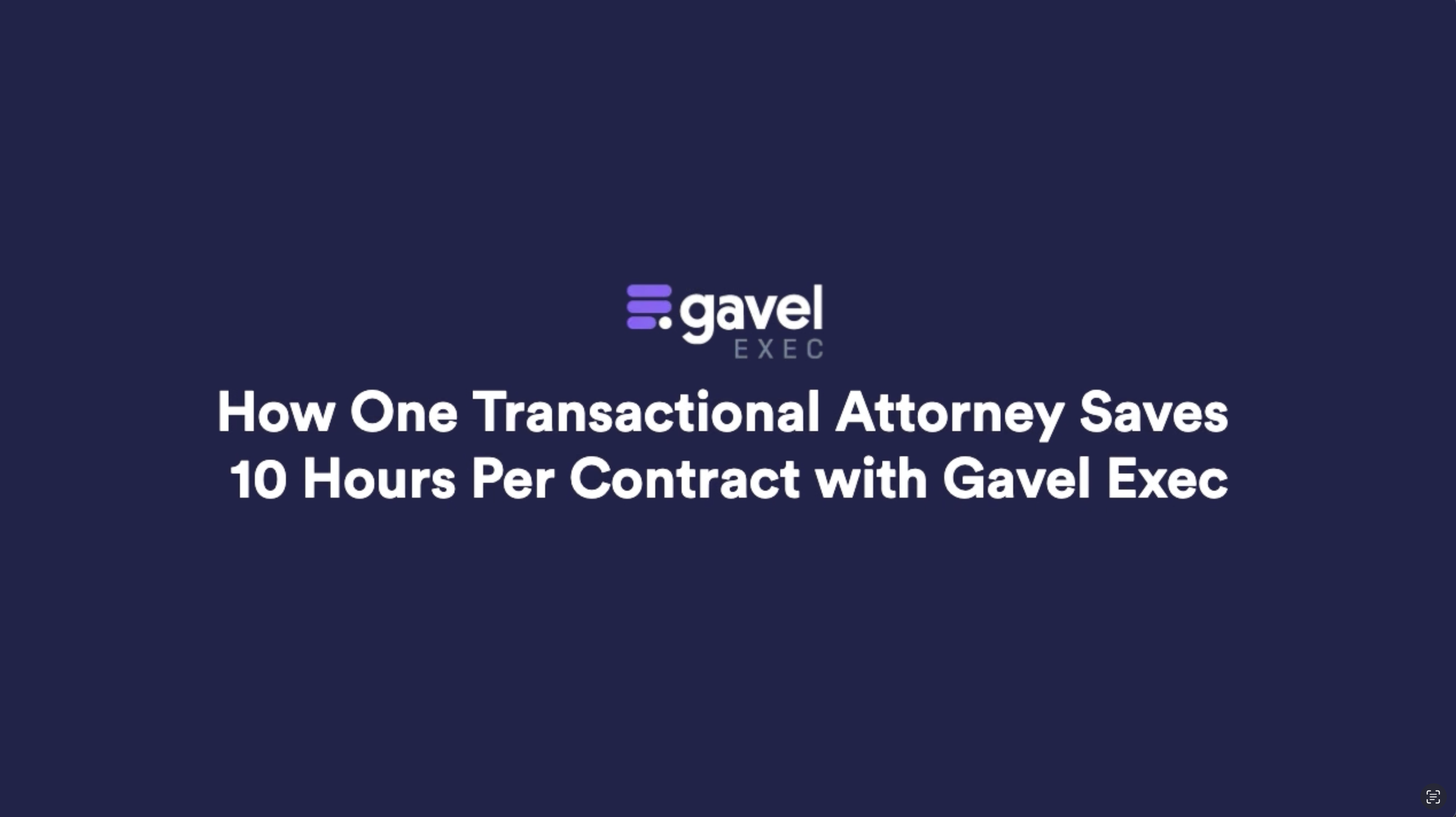Plans & Pricing
About Gavel
Careers
Product Wishlist
Subdomain Log In
Manage Account
.png)
Learn basic Gavel concepts to make onboarding a breeze. Reference this key concepts guide for workflow and variable definitions, user type explanations, and core Gavel terminology to familiarize yourself with our software.
Easy intake and document automation to auto-populate your templates.
A workflow is a set of questions that is configured to generate a document upon completion. Internal staff or external clients can complete a workflow to populate a document.
A variable is the term for a piece of information collected via a workflow. Each workflow question is given a label, which is the variable name that stores the answer that is given for the question. That label is used in the document templates to match the data for each question to the relevant locations in the documents. Variables store the workflow intake data to generate information within your documents.
There are two different ways to create a workflow.
Your Document Templates are the document files you automate in Gavel. Each Document Template consists of one file. These documents can be generated as sets, and each can be generated multiple times. You automate a Document Template by creating a workflow.
Data Manager allows a Builder or signed-in Organizational User to see the data they are filling into their workflows. Data Manager allows you to push data from one workflow to another, review data entered by a client, regenerate documents, and make edits to the data entered.
Data Persistence is present in the end-user Client Portal. It allows workflows with the same variables as previously completed workflows to maintain the data without requiring the User to enter it again. For example, if the User has entered that their "clientname" is "John Doe," all workflows assigned to that User that contain the variable "clientname" will have the value "John Doe." They never need to enter the same data twice.

There are four types of users in Gavel.
Builders can send copies of workflows to other Builders on the same account. This allows the other Builder to make edits and use that shared workflow. When Builder 1 shares a workflow with Builder 2, each builder will have a unique version of that workflow on their account.
Builders can also assign workflows to any other type of user. When a workflow is assigned to someone else, they cannot edit the workflow; they can simply take the workflow. The data that is entered into an assigned workflow will appear in the Data Manager for the Builder who assigned this workflow.
Gavel's No-Setup Automated Forms, also known as Pre-Built Workflows, are ready-made document generation workflows that allow you to start automating your legal practice with no building required. Simply enter your data into Gavel's pre-built forms and generate court forms or repetitive documents in no time. Gavel currently has automated California divorce forms, probate forms, and estate planning packages available.
%20(2).png)
We're getting great questions about using Invisible Logic (now called Calculations) in Workflow Builder 2.0, so we wanted to address the most common ones. Let's dive in!

"That's where the magic is. That's where I can save a good 10 hours. There's a day saved easily."